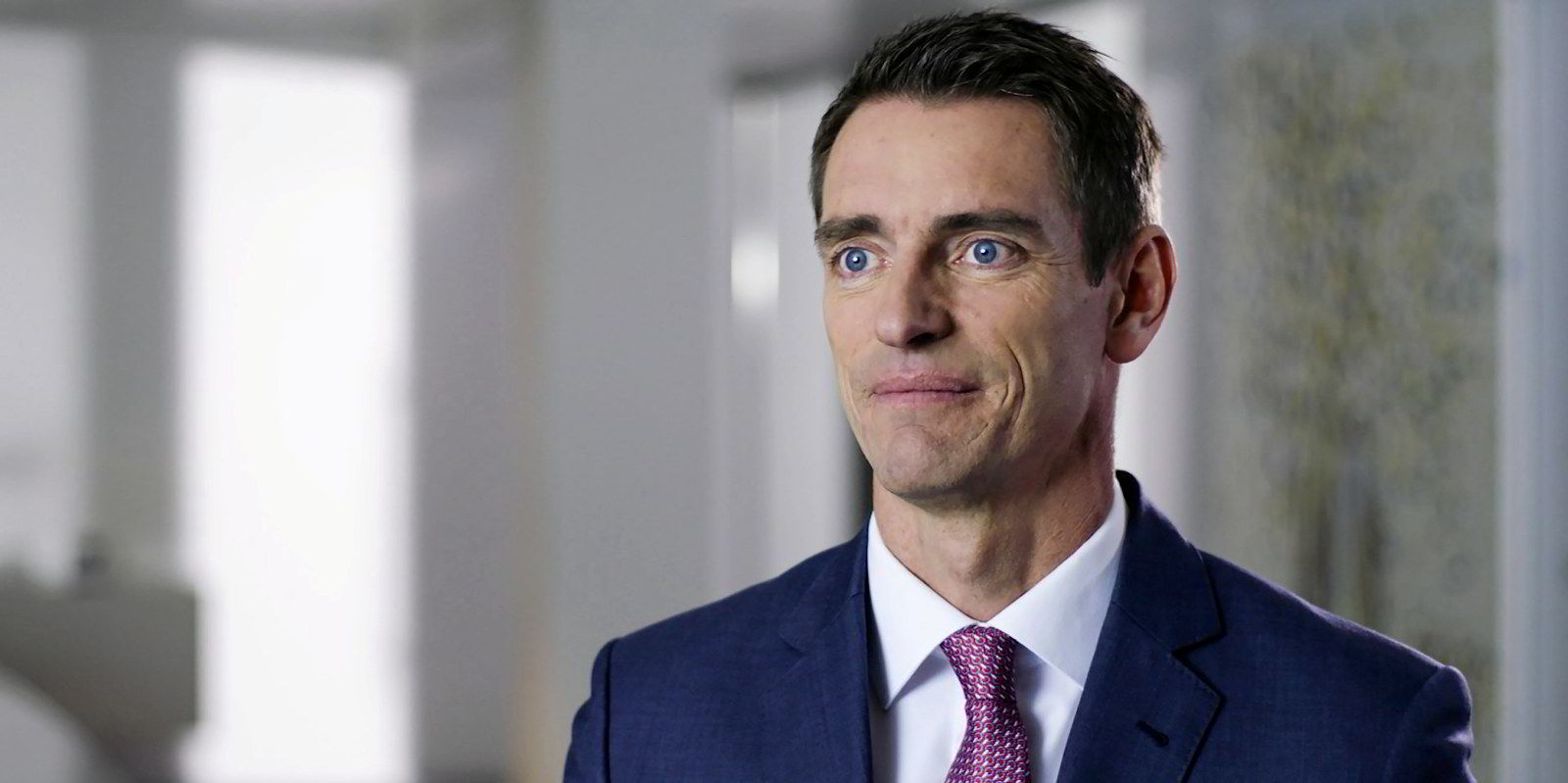Trading and chartering giant Trafigura has struck a deal with a New York technology firm to investigate the potential for large-scale cracking of ammonia.
The aim is to boost the supply of clean hydrogen as a fuel, and Amogy’s technique will be assessed for the potential transport of the gas around the world.
Trafigura is looking at future low-carbon sources of energy including technologies that can enable the high-volume carriage of zero-emission fuels.
It views ammonia as a promising hydrogen carrier due to its high volumetric hydrogen density, enabling economic, long-distance transport.
Following successful demonstrations, Amogy is now scaling up its technology for use in larger applications and pursuing strategic partnerships to support global decarbonisation efforts.
“Findings of this joint research could expedite adoption of ammonia as a carrier for transporting clean hydrogen around the world,” the companies said.
The focus will initially be on Europe, which is targeting 20m tonnes of hydrogen consumption by 2030.
Using economic models and energy demand forecasts, the two companies will determine the viability and cost-effectiveness of industrial-scale ammonia crackers.
“Our partnership with Trafigura opens up tremendous opportunities for the Amogy team to better understand and explore our platform’s potential benefits at scale,” said Seonghoon Woo, chief executive and co-founder of Amogy.
This is Amogy’s second shipping-related deal in two weeks, after it joined forces with Norwegian ammonia shipping company Amon Maritime to work on creating competitive full-scale green transport solutions.
Big-name backing
Amogy was founded in 2020 by four MIT PhD alumni. Investors already include Amazon, SK Innovation and Saudi Aramco.
The company’s ammonia-to-power technology platform has been demonstrated successfully in an aerial drone and a farm tractor.
The Amogy team is already working on scaling the platform for use in larger vehicles, including ships.
Trafigura’s head of energy transition research Margaux Moore said the trader recognises that hydrogen will need to be transported over long distances, from regions rich in renewable power to demand hubs.
“Ammonia is a cost-competitive carrier of hydrogen, which will require cracking at destination to cater to different end uses,” she added.





